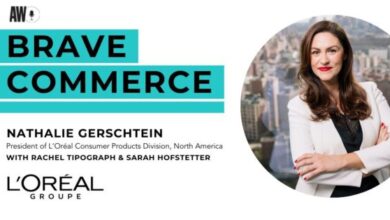
How to use the framework
We need to face the facts by quantifying and qualifying the harm. The best way to tackle these types of difficult conversations with your key decision-makers is to use facts to drive the decisions.
Face the facts
The first step in the process is to determine how harmful the media partner is.
I would gauge this based on whether they have been known to cause or amplify significant societal harm. Third-party research, government or legal proceedings and/or nonprofit organizations have found that some media platforms can be conclusively linked to inciting violence, hate speech, mis/dis information, dismantling governments, suicide, mental health struggles, the sale of illegal or deadly drugs, sex trafficking, gun violence and aiding foreign adversaries.
We also need to fully understand who is being harmed by the partner and how those people are related to our business and our values. Are some of the people harmed by the media partner your customers and employees? Are there other groups of people such as kids, elderly or historically underserved communities being significantly harmed?
An understanding of who specifically is being harmed should be a key input into your evaluation of the partner and used to facilitate future discussions.
Determine the feasibility of reducing the platform’s harm
This is where we have failed as an industry. Use facts to establish accountability. This is the step in the framework that is most critical for producing long-term results and avoiding the short-term response that resulted from previous attempts.
We simply cannot take the word of the media partner regarding their culpability or the effectiveness of their remedial actions. There have been many situations in the last few weeks alone that show the lengths that some media partners will go to avoid accountability and protect the status quo. Do the research—use resources made available through reputable news outlets, public records, academic journals, court transcripts, government hearings and research published by non-profits and NGOs.
Use the results of your research to determine if the partner can eradicate the harm themselves, what methods are available to them and if they have previously taken responsibility.
Mitigate negative business impact
Establish alternative viable media plans. As media buyers, it is our job to ensure that we are driving media efficiency and effectiveness with every dollar spent. Some of the social and digital media platforms are so successful at driving positive business outcomes that it is hard to imagine any viable alternative.
This is where audience-based buying and new media channels provide a huge opportunity. Only you and your organization can determine which channels to test and learn as alternatives, but they could include: RMNs, influencers, programmatic, digital OOH, audio/podcasts, CTV, traditional offline media and many others.
Be realistic about the risks and set clear media KPIs to achieve when using alternative channels. In discussions with your organization’s leadership, be completely upfront about the results of your research into the partner’s harm and who is being harmed.




